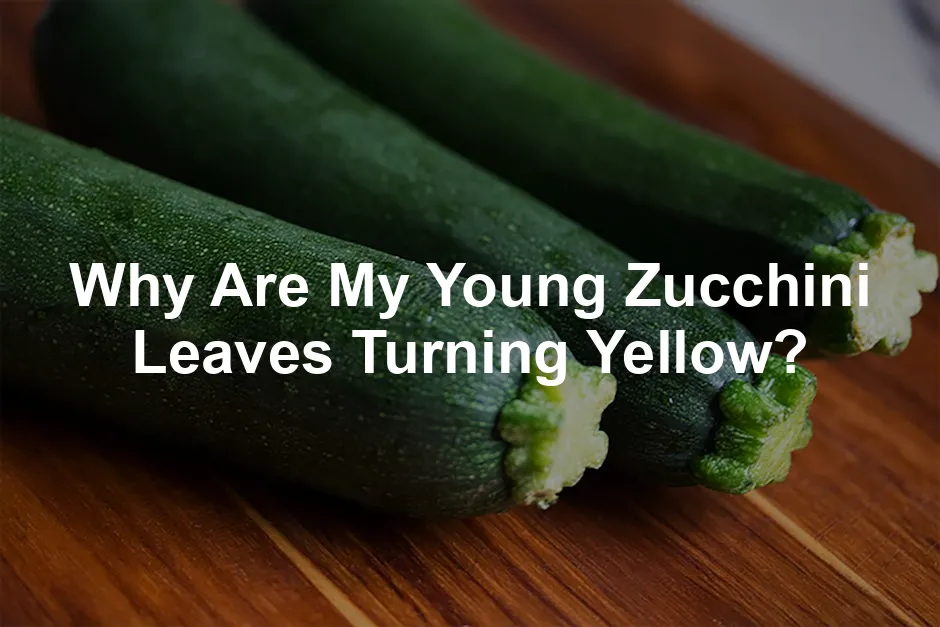
Why Are My Young Zucchini Leaves Turning Yellow?
Introduction
Are you growing zucchini and noticing yellow leaves? This common issue can worry many gardeners. Yellowing leaves often signal underlying problems that need attention. Addressing this issue is crucial for maintaining healthy plant growth and maximizing your zucchini harvest. In this article, we will discuss the causes and solutions for yellowing zucchini leaves.
Summary and Overview
Yellowing leaves in zucchini plants typically indicate stress. The change in color can affect the overall health and yield of your plants. Yellow leaves can mean nutrient deficiencies, watering issues, pest infestations, or diseases. Diagnosing the specific cause is essential to apply the right remedy. This article will share practical solutions and preventative measures for your zucchini gardening journey.
To give your zucchini plants the best chance, consider investing in Miracle-Gro Water Soluble All Purpose Plant Food. This product provides essential nutrients that zucchini craves, ensuring robust growth and a bountiful harvest.
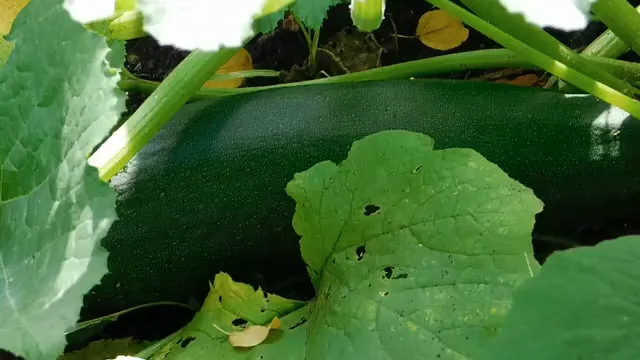
Possible Causes of Yellowing Zucchini Leaves
Nutrient Deficiencies
Zucchini plants are heavy feeders, needing a balanced nutrient supply. A lack of nitrogen, iron, or magnesium can lead to yellowing leaves, known as chlorosis. Nutrient deficiencies often start in older leaves, which may yellow and drop off first. Testing your soil helps identify these issues. Many gardeners face nutrient deficiencies, impacting their harvests.
To improve nutrient balance, consider using a balanced fertilizer or organic compost. Nitrogen-rich fertilizers, like organic blood meal or fish emulsion, can be beneficial. Strong plants lead to stronger yields!
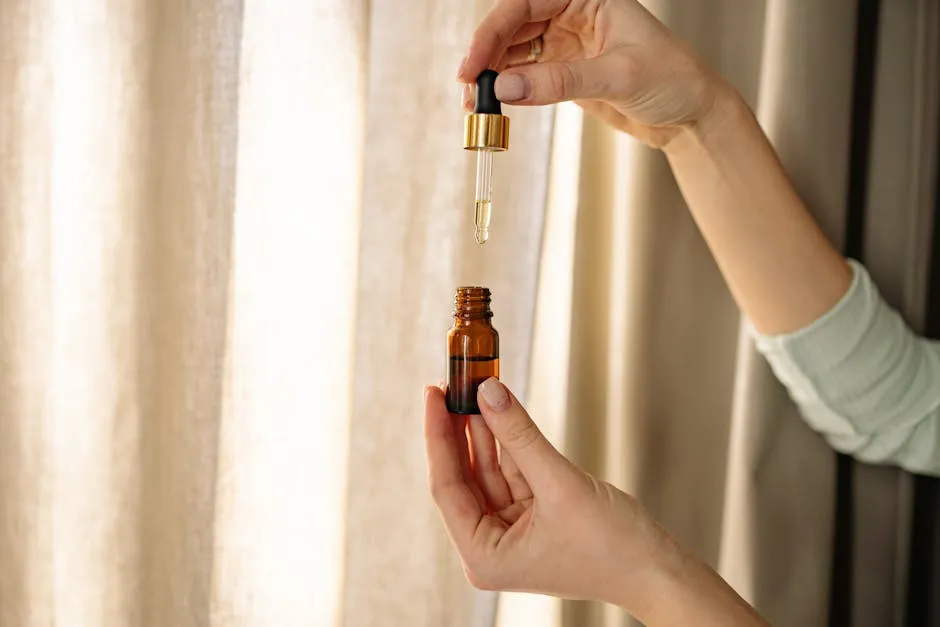
Overwatering or Poor Drainage
Both overwatering and underwatering can cause your zucchini leaves to turn yellow. Zucchini thrives in well-drained soil, and excess moisture can suffocate roots. Signs of overwatering include yellow, droopy leaves and soggy soil. Conversely, underwatering leads to brittle, dry leaves.
To maintain proper watering, aim for about an inch of water per week. Adjust your frequency based on weather conditions. Using a soil moisture meter can help you gauge soil moisture accurately. If drainage is an issue, consider amending your soil with organic matter to improve its structure.
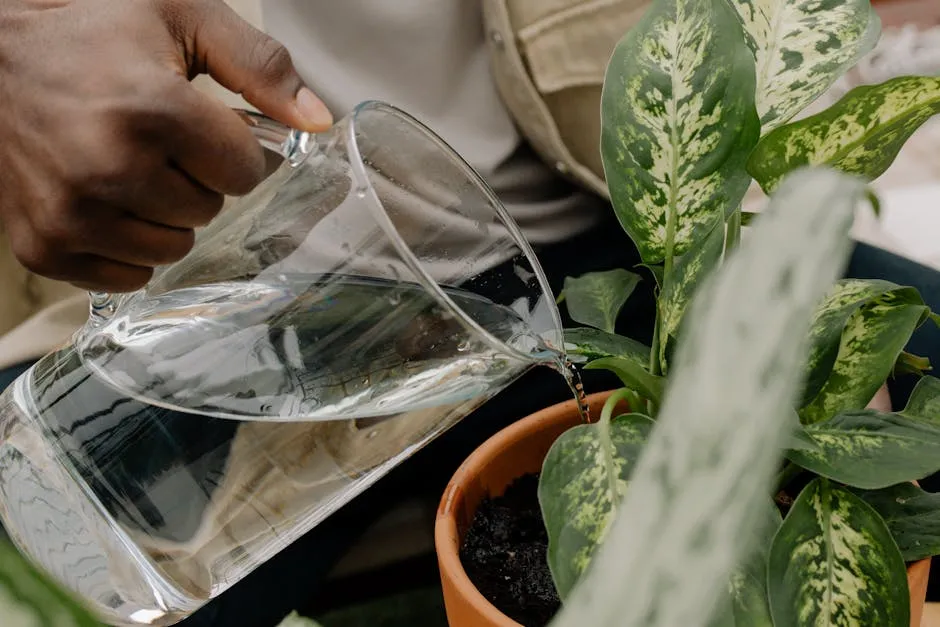
Natural Aging Process
As zucchini plants grow, it’s normal for older leaves to turn yellow and drop. This is part of their natural lifecycle. If only the lower leaves are affected and the plant appears healthy, there’s usually no cause for concern. Healthy zucchini plants can shed older leaves without impacting overall growth.
However, if multiple leaves are yellowing or the plant looks stressed, further investigation is needed. Monitor other health indicators, like new growth and flowering. This will help you determine whether the yellowing is a natural process or a sign of a larger issue.
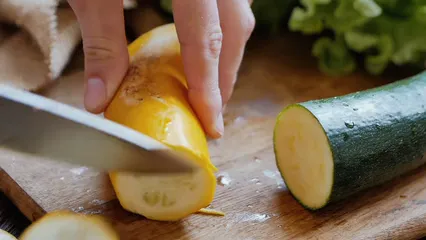
Common Zucchini Plant Diseases
Fungal Diseases
Yellowing leaves on zucchini can often point to fungal diseases. Two major culprits are powdery mildew and downy mildew. Powdery mildew appears as a white, powdery coating on leaves. This disease thrives in warm, dry conditions. Downy mildew, in contrast, shows up as yellow spots on the upper leaf surface, with a grayish mold beneath.
To treat these fungal infections, consider using Bonide Copper Fungicide specifically formulated for vegetables. Always follow the manufacturer’s instructions for the best results. Additionally, cultural practices like ensuring good air circulation can help prevent these diseases. Space your plants adequately to promote airflow, and avoid overhead watering, which can create a damp environment ideal for fungus.
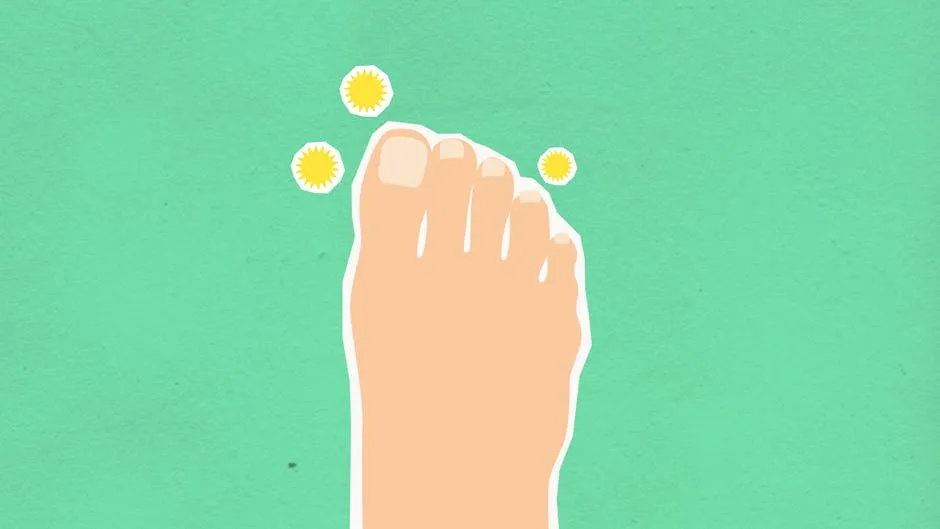
Statistics show that 30% of zucchini growers face issues related to powdery mildew. Thus, regular plant inspections are vital. Spotting symptoms early can lead to effective treatment and healthier plants. Don’t wait too long; your zucchini plants depend on it!
Adjusting Watering Practices
Proper watering is key to healthy zucchini plants. Aim for about one inch of water weekly. This ensures your plants receive enough moisture without becoming waterlogged.
To establish a solid watering routine, check the soil regularly. Stick your finger into the soil about an inch deep. If it feels dry, it’s time to water. During hot, dry spells, your plants may need extra moisture. Adjust your schedule accordingly.
Soil structure greatly affects drainage. To improve drainage, add organic matter like organic compost. This enhances soil quality, allowing roots to breathe. Good drainage prevents root rot, which can lead to yellowing leaves.
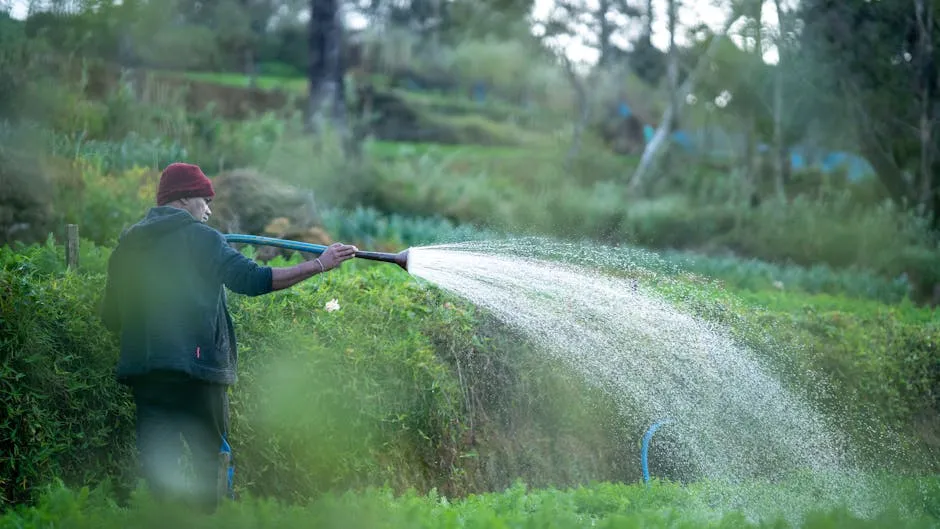
Consider the weather when watering. In cooler, overcast conditions, your plants need less water. Conversely, in hot weather, be ready to increase your watering frequency. A consistent watering schedule helps promote strong growth.
To keep track, create a simple watering schedule. This can help you stay organized and ensure your zucchini plants thrive. Regular attention will lead to a fruitful harvest!
When to Consult a Professional
Sometimes, yellowing leaves can signal a deeper issue. If you notice persistent yellowing despite your best efforts, it may be time to seek help. Signs that indicate professional assistance is needed include ongoing yellowing, sudden plant wilting, or extensive pest damage.
Gardening experts can provide tailored advice and solutions. They can identify complex problems like soil quality or pH imbalance that you might not pinpoint. Interestingly, statistics show that around 25% of gardeners consult professionals annually for persistent issues.

If you’re facing challenges, consider reaching out to local extension services or gardening experts. They can help you get your zucchini back on track and thriving. You might also want to invest in a soil pH test kit to understand your soil’s acidity levels better.
Conclusion
In summary, yellowing leaves on zucchini plants can stem from various causes. Identifying the root issue is crucial for effective treatment. Whether it’s nutrient deficiencies, watering problems, or pests, understanding the cause allows for better care.
Being proactive in addressing these issues can lead to a healthy harvest. Keep an eye on your zucchini plants and take action when necessary. And don’t forget to check out gardening books for more tips and tricks. Happy gardening!
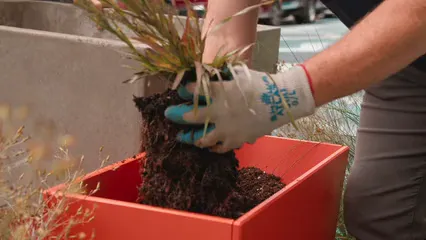
FAQs
What do overwatered zucchini plants look like?
Overwatered zucchini plants often show distinct signs. Yellow leaves that droop signify excess moisture. The soil feels soggy and may even have a foul smell. Roots can become waterlogged, leading to suffocation. To remedy this, allow the soil to dry out between waterings. Improve drainage by adding organic matter to the soil. If needed, repot the plant in fresh, well-draining soil for better health.
Should you remove yellow leaves from zucchini plants?
Yes, removing yellow leaves can be beneficial. If yellowing is due to disease or pests, it helps prevent spread. However, if the leaves are yellowing naturally, removal isn’t necessary. Monitor the plant’s overall health. If other leaves are green and healthy, it’s likely not a serious issue. Assess the cause before deciding to prune.
Why does my zucchini keep turning yellow?
Ongoing yellowing in zucchini can indicate various issues. Nutrient deficiencies, particularly nitrogen, may be at play. Overwatering or poor drainage also contributes to this problem. Additionally, pest infestations or diseases can cause yellow leaves. Inspect your plants closely. Identifying the cause is crucial for implementing the right solution.
Why are my zucchini flowers yellow?
Zucchini flowers are naturally yellow. They feature separate male and female flowers. Male flowers appear first and eventually drop off. Female flowers develop into fruit after successful pollination. If flowers are yellow but shriveling, it may indicate a pollination issue. Ensure bees and other pollinators can access your plants.
How can I improve my zucchini soil health?
Improving soil health is vital for healthy zucchini growth. Start by testing your soil to identify nutrient deficiencies. Incorporate organic matter like compost to enhance fertility. Ensure proper drainage to prevent waterlogging. Regularly rotate your crops to maintain soil structure. A healthy soil environment supports robust plant growth and yields.
Please let us know what you think about our content by leaving a comment down below!
Thank you for reading till here 🙂 And if you’re looking to enhance your gardening experience, consider grabbing a Garden Kneeler and Seat to make your gardening tasks more comfortable!
All images from Pexels




